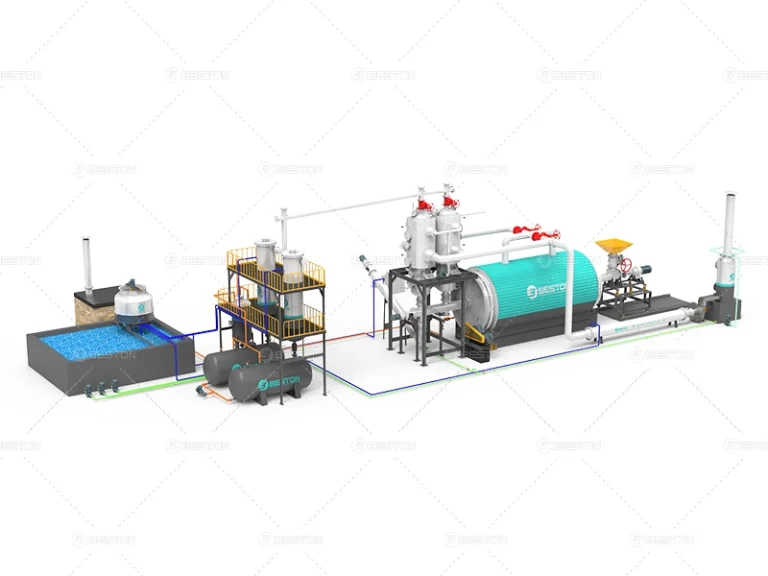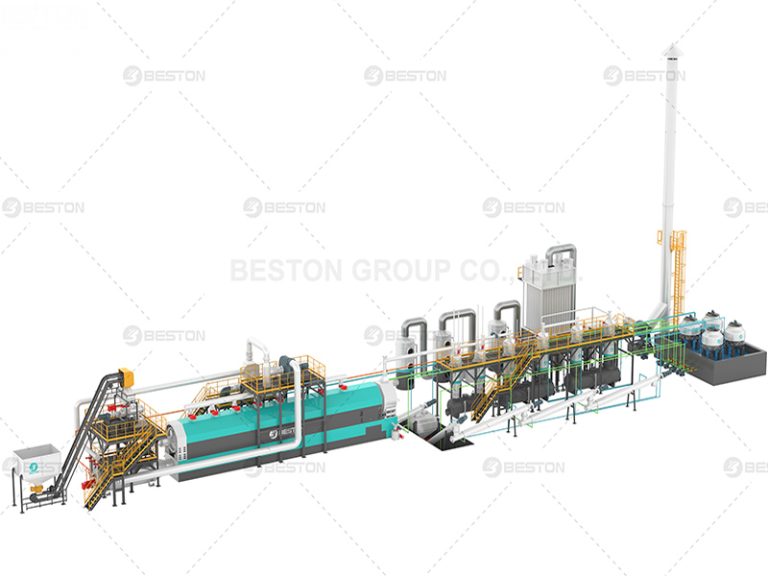Two Common Classifications of Pyrolysis Equipment
Pyrolysis technology has become a critical solution for waste management and resource recovery. With its wide range of applications, various types of pyrolysis machines have been developed to meet different needs. In this article, we will explore two common ways to classify pyrolysis equipment and introduce some of the most popular types available on the market today.
Classification Based on Raw Materials
One of the primary methods of categorizing pyrolysis equipment is based on the type of raw materials they process. Different feedstocks require specific designs to achieve optimal performance and efficiency. Here are some typical examples:
Plastic Pyrolysis Machines
Plastic waste has become a major environmental concern worldwide. Plastic pyrolysis machine are specially designed to convert discarded plastics into useful products like fuel oil, carbon black, and combustible gas. These systems provide a sustainable way to manage plastic waste while creating valuable resources.
End-of-life tires are another significant waste stream. Tyre pyrolysis machine are capable of recycling old tires into fuel oil, steel wire, and carbon black. This not only addresses the tire disposal issue but also supports a circular economy by repurposing valuable materials.
Oil Sludge Pyrolysis Equipment
Oil sludge, a byproduct of industrial operations, can cause serious environmental harm if not properly treated. Specialized oil sludge pyrolysis plants for sale offer an efficient method to recover oil and reduce the environmental impact. These machines are highly efficient and suitable for oilfield and refinery applications.
By classifying pyrolysis equipment according to raw materials, users can choose the best system tailored to their specific waste management needs, ensuring both environmental benefits and economic returns.
Classification Based on Working Mode
Another important way to classify pyrolysis equipment is by their working mode. Depending on operational requirements and output expectations, pyrolysis systems can be designed to operate in either batch or continuous modes. Each mode has distinct advantages and is suited to different scales of production.
Batch Pyrolysis Plants
Batch pyrolysis plant are ideal for small to medium-scale operations. In a batch system, materials are loaded, processed, and unloaded in discrete batches. This type of plant typically has lower investment costs and simpler maintenance requirements. It is an excellent choice for businesses starting in the pyrolysis industry or for those handling limited quantities of waste.
Batch systems offer greater flexibility, as they allow for easy switching between different types of feedstock. However, they may require more manual intervention and downtime between batches compared to continuous systems.

Continuous Pyrolysis Machines
For larger-scale or industrial applications, continuous pyrolysis machine provide an efficient and high-capacity solution. In a continuous system, materials are fed into the reactor continuously, and products are discharged without interruption. This design minimizes downtime and maximizes output.
Continuous plants are highly automated, requiring minimal labor. They are well-suited for operations that demand high efficiency and consistent production rates. Although the initial investment is higher, the long-term economic and productivity benefits make them attractive for large enterprises.

Choosing the Right Pyrolysis Equipment
Selecting the appropriate pyrolysis equipment involves understanding both the type of raw material and the desired working mode. Factors to consider include the availability and nature of the waste material, production goals, budget constraints, and the technical expertise available for operation and maintenance.
For businesses dealing with various types of plastic or tire waste on a moderate scale, a batch pyrolysis plant may offer the flexibility and affordability they need. On the other hand, industries requiring the processing of large volumes of waste continuously and efficiently will benefit more from investing in a continuous pyrolysis system.
The Future of Pyrolysis Technology
As the global focus on sustainable waste management and energy recovery intensifies, pyrolysis technology is expected to evolve rapidly. Innovations in reactor design, automation, and energy efficiency will likely make pyrolysis even more accessible and cost-effective.
Moreover, the growing emphasis on environmental regulations and corporate responsibility is pushing more companies to adopt advanced waste treatment solutions. Whether dealing with plastic, tires, oil sludge, or other types of waste, having the right pyrolysis equipment is crucial for staying competitive and compliant in an increasingly eco-conscious world.
In conclusion, understanding the two common classifications of pyrolysis equipment — by raw materials and by working mode — is fundamental for making informed purchasing decisions. With options like plastic or tyre pyrolysis machines available for different applications, and both batch or continuous pyrolysis machines offering operational flexibility, businesses can find the perfect fit to achieve their waste management and production goals.